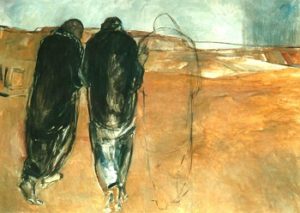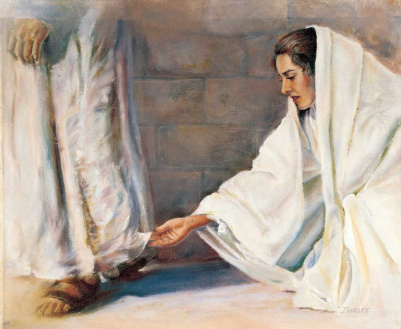We are often told that we should turn to God.
We should come to him in all kinds of situations and pray to him for all our needs.
And, of course, many writers and preachers tell us HOW we should do this.
Today, I choose to reflect on HOW NOT to do so.
I personally believe that we should NOT turn to God with fear, hesitation, shame or doubt.
We should NOT be afraid that he is too far above or too far away to listen to us.
We should NOT hesitate to turn to him thinking that he is not concerned about our problems.
We should NOT be ashamed of our failings and failures of all kinds – they will not bother him.
We should NOT doubt that he is compassionate and merciful.
 What confirms me in this conviction is the gospel text of this Sunday (Mk.1:40-45).
What confirms me in this conviction is the gospel text of this Sunday (Mk.1:40-45).
Here comes a man afflicted by a shameful disease – that man is a leper.
The rule in his society is that he should keep away from everyone,
as we see in the 1st reading (Lv.13:1-2,45-46).
Jesus is a respected religious leader and he is an outcast.
Yet, this leper is not afraid or ashamed, he does not hesitate or doubt.
He asks Jesus to cure him, and Jesus does so without delay!
Why do we not do the same with our difficulties, problems and, possibly, even our shameful situation?!
Note: Another reflection on a different theme is available in French at: https://image-i-nations.com/6e-dimanche-de-lannee-b-2021/
 One especially retains my attention; the text says:
One especially retains my attention; the text says: An impediment of what kind?
An impediment of what kind?
